SmartCom 2024 (Aachen) and 6GEM (Wachtberg)
Introduction
I participated in SmartCom 2024, organized by Technical Committee on Smart Radios of the Institute of Electronics, Information and Communication Engineers (IEICE), and the German research conference on 6th generation mobile communications 6GEM. Both are conferences to promote international collaborative research on mobile communications technology.
SmartCom 2024
This year’s SmartCom was held on November 4th and 5th in Aachen, Germany. Aachen is near the border with Belgium. We can travel efficiently and comfortably from Frankfurt Airport to Aachen by high-speed train ICE (Intercity-Express). On the platform, platform numbers and letters indicating the approximate location of the train are displayed.
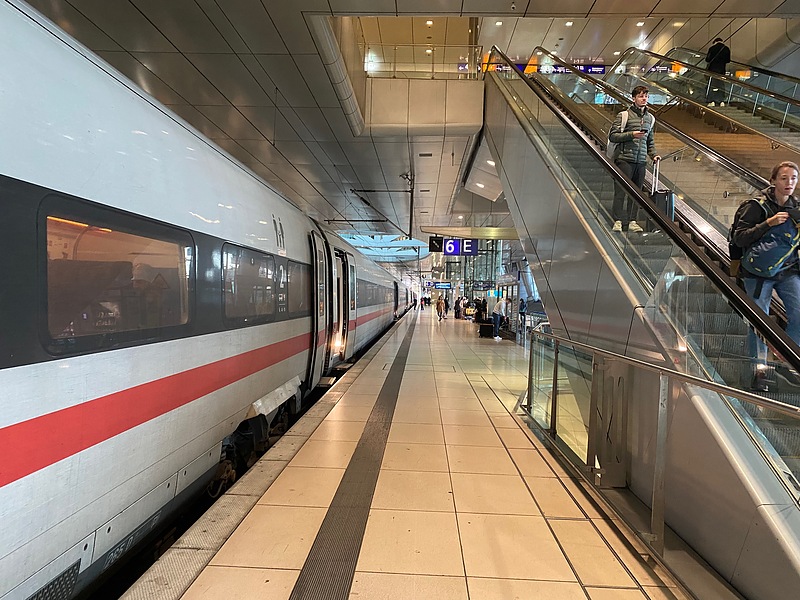
Deutsch Bahn (DB) tickets can be easily purchased using the smartphone app of the same name. It seems that tickets can be purchased cheaply if you reserve in advance. However, since I couldn’t predict delays in flight arrival or immigration, I planned to purchase tickets at the last minute using my smartphone at the train platform. In fact, at the payment stage, my credit card company sent an SMS authentication and I couldn’t buy the ticket, and I also made the embarrassing mistake of buying the wrong ticket at the automatic ticket machine.
On the ICE high-speed train, there are large monitors on the ceiling that display the train number, scheduled arrival time, transfer information, a map of the train’s location, and the train’s speed, which is very fun.
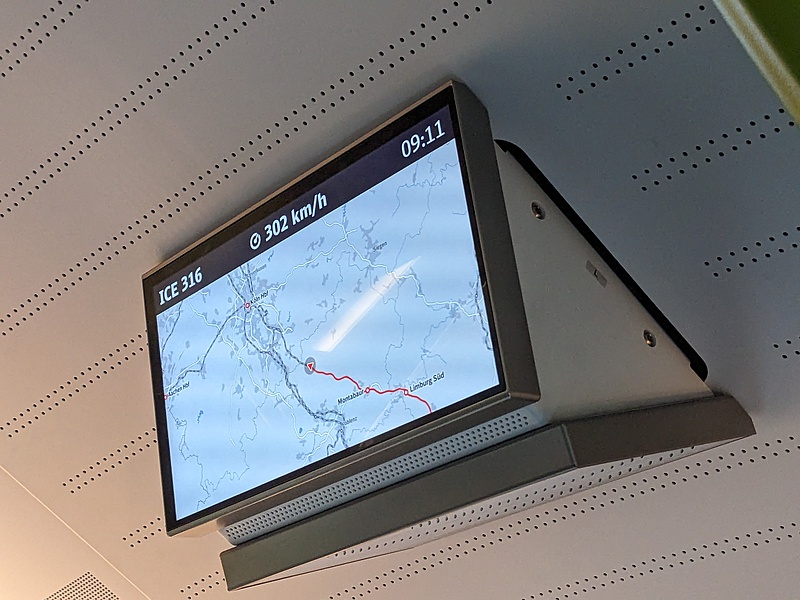
In addition, there are route guides available at various locations, so even first-time passengers can ride with confidence.
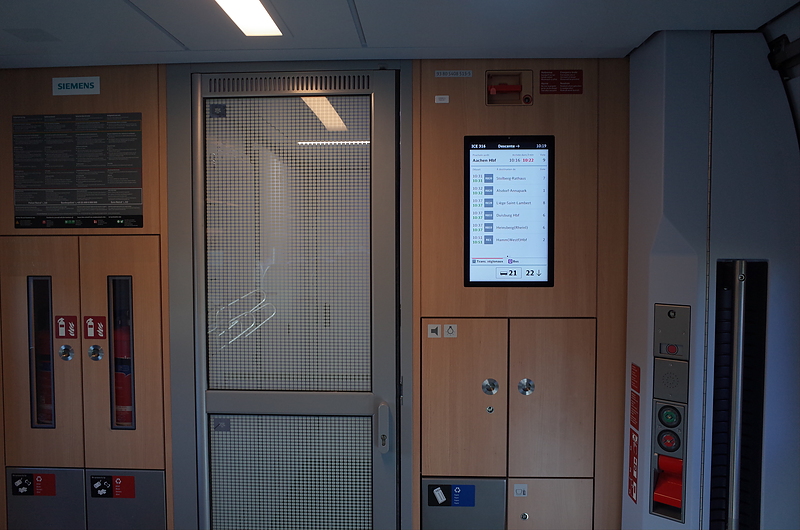
You can also bring your bicycle for an additional fee.
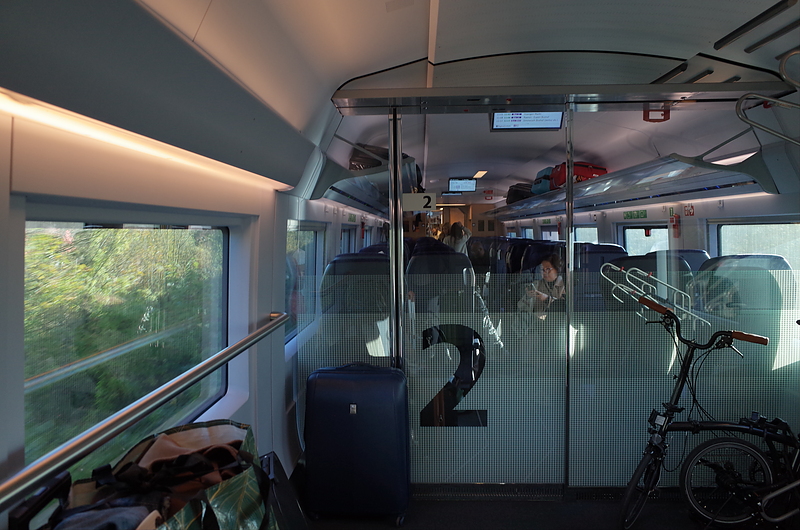
The trains are also streamlined and beautiful.
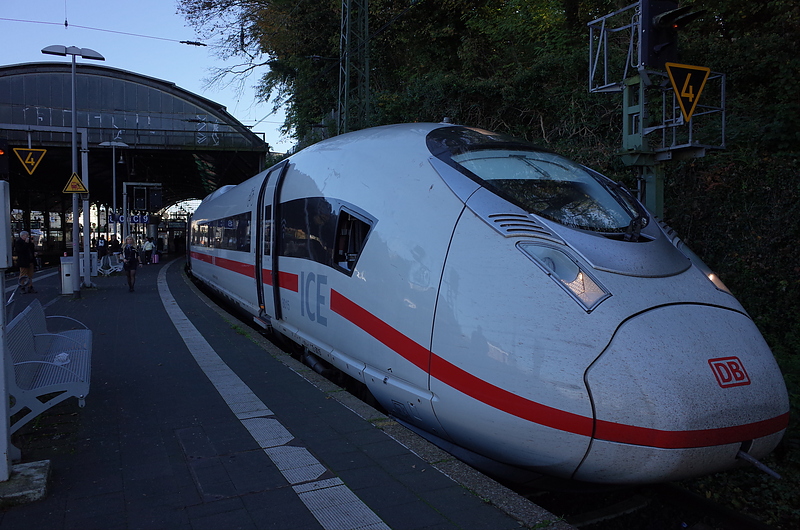
Aachen Hauptbahnhof (Central Station) was also a beautiful building with a historic feel.
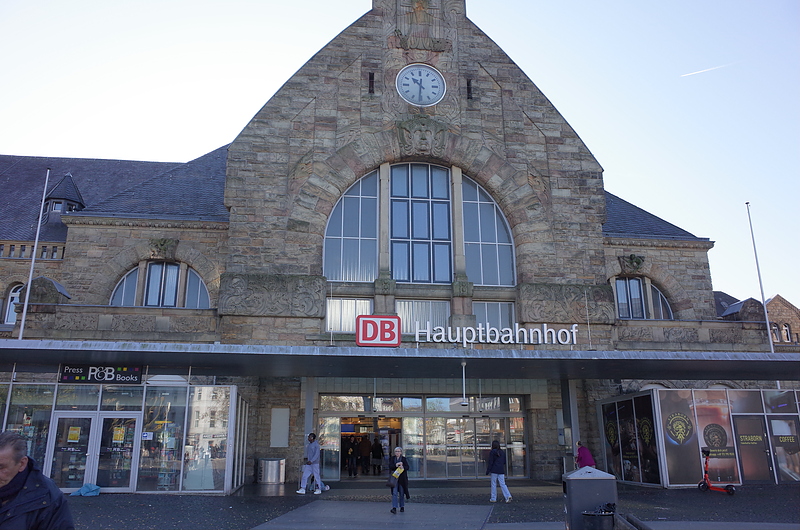
Fraunhofer IPT (Institute for Production Technology), where SmartCom 2024 will be held, is a research institute dealing with production technology. They are also conducting research into introducing private 6G wireless to wireless factories. I traveled from Aachen Central Station to Fraunhofer IPT by bus. I searched on Google Maps to find the bus I should take. I bought my bus ticket from the driver. I was also able to use credit card contact payment.
Next to Fraunhofer IPT is the Institute for Laser Technology (ILT), which conducts research into laser technology. It also seems to be actively engaged in joint research with RWTH Aachen University.
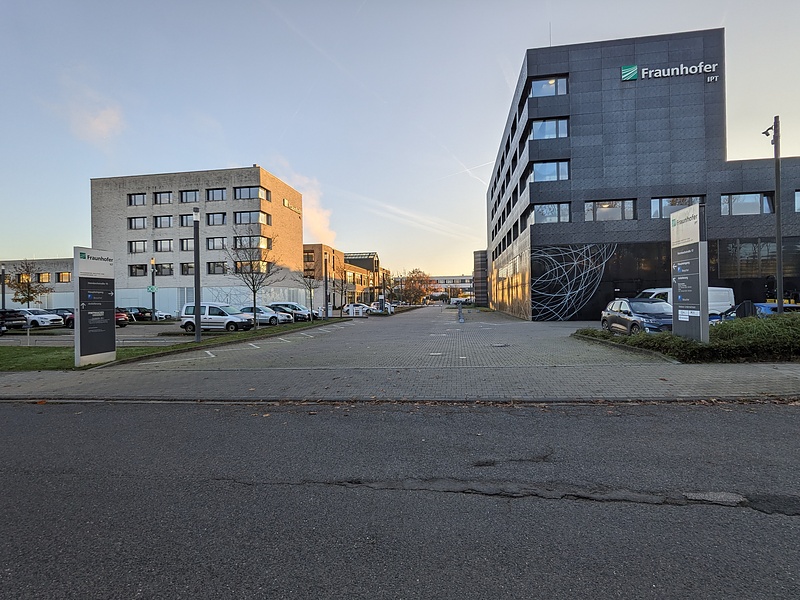
There were sheep grazing nearby and a nursery school.
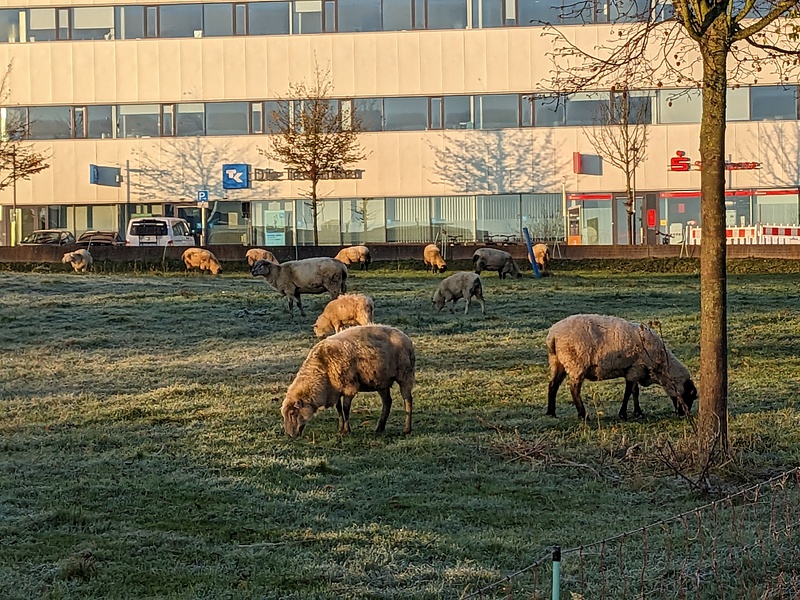
The venue for the invited lectures was also spacious.
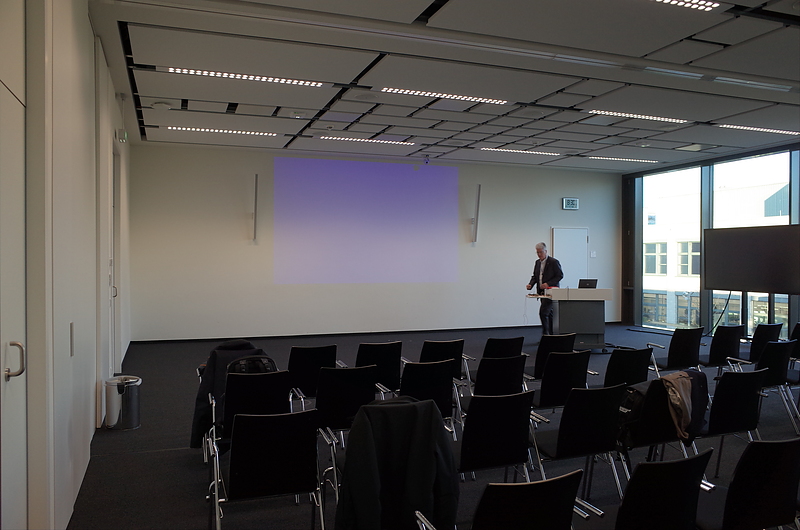
General research presentations were held in poster format in the venue next door.

I also gave a poster presentation.
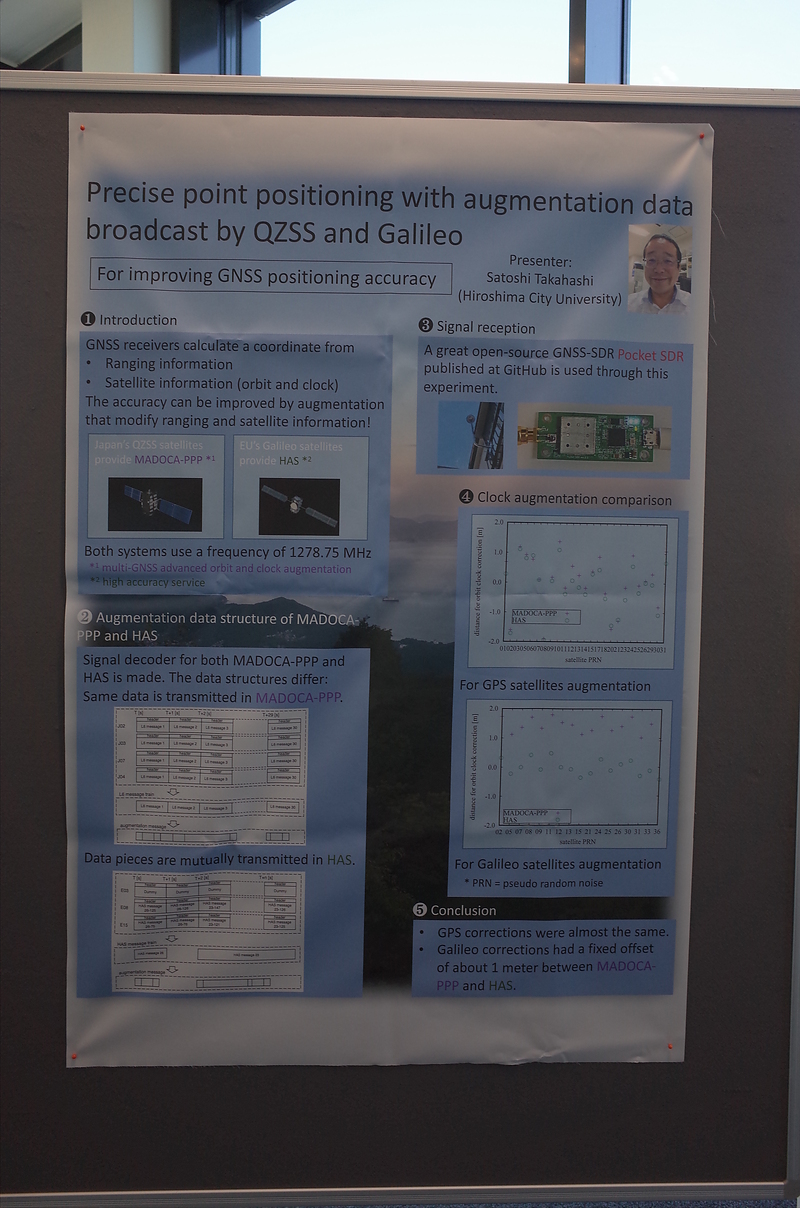
Of course, we enjoyed some delicious beer at the social gathering.
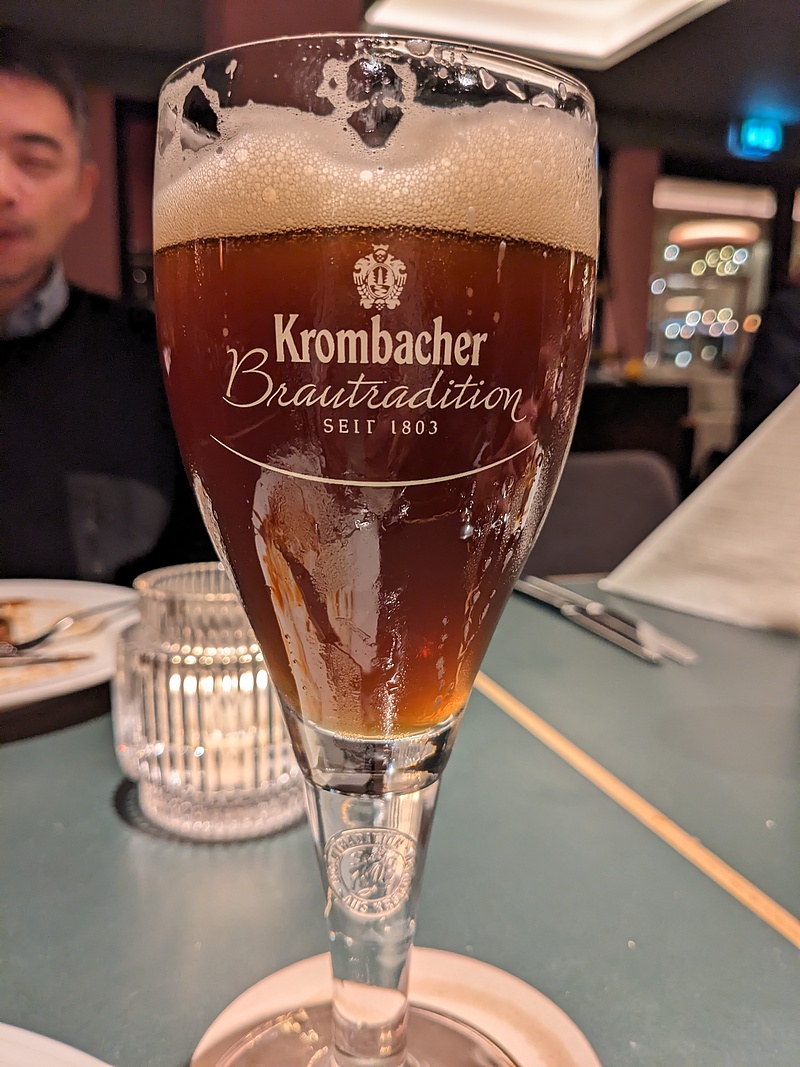
I also participated in a tour of Fraunhofer IPT. The research into wireless communication technology within factories using private 5G wireless was interesting, and the production of aircraft turbine blades and mechanical design using 3D cutting machines were also interesting.
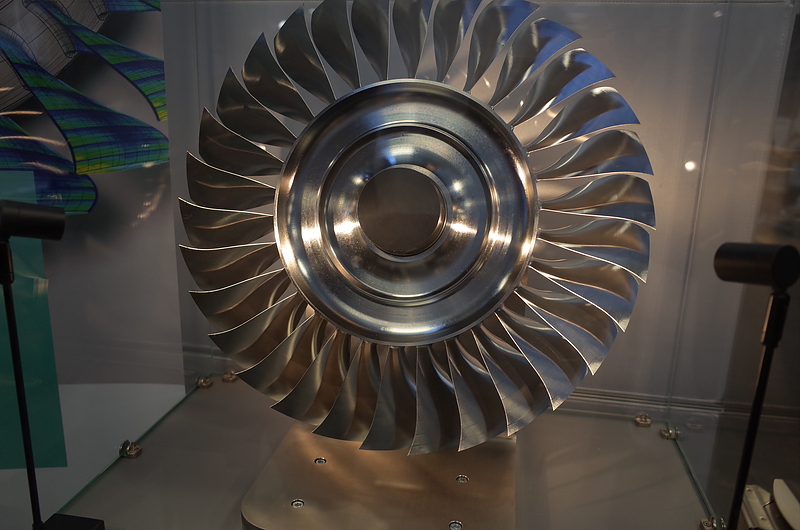
On the first day of my arrival in Aachen, I had some free time, so I walked around the city. The Cathedral Dom in the center of Aachen is the first German site to be recognized as a World Heritage Site. You can walk to the Dom from Aachen Central Station.

Next to the Dom is the City Hall (Rathaus), which is also a beautiful building.
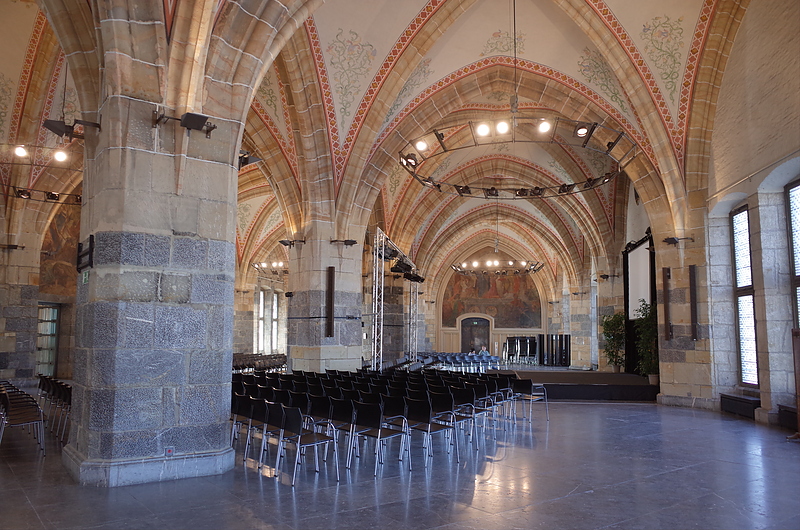
Inside the city hall, I also found a logo that looked somewhat similar to that of a Japanese university.
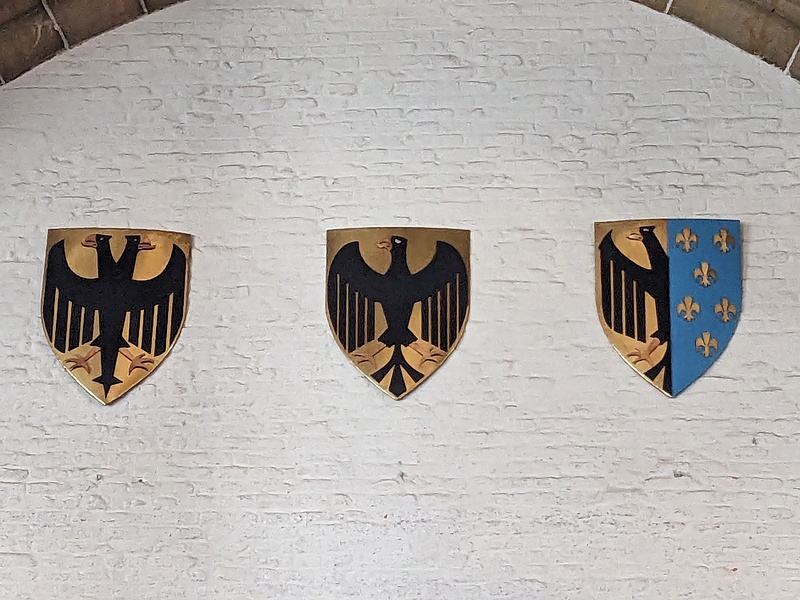
6GEM
6GEM was held on November 6th and 7th in Wachtberg, Germany. Wachtberg is about an hour’s train ride from Aachen to Bonn, and then another 30 minutes by bus from Bonn.
The venue of 6GEM, Fraunhofer FHR (High Frequency Physics and Radar Techniques), is famous for its large radar. Unfortunately, the weather was foggy that day and I couldn’t see the radome (radar dome) very well, which I was looking forward to seeing.
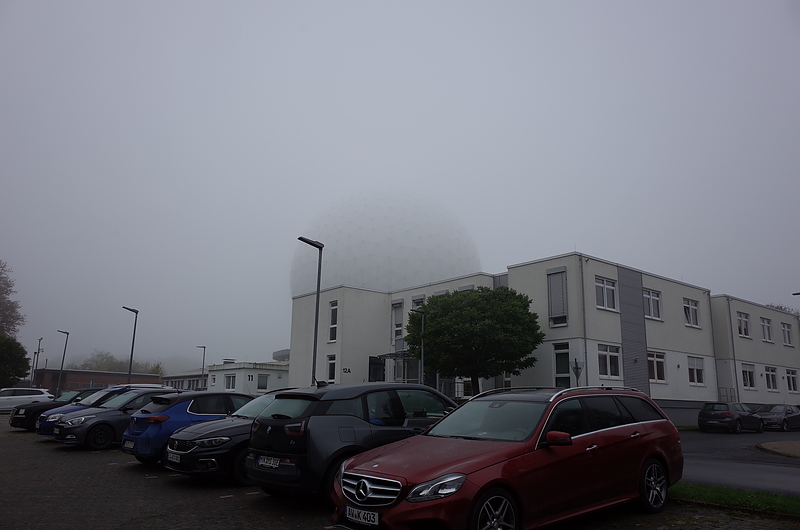
The 6GEM venue was a little ways away from here. At the lecture, presentations were given on the application of 6G wireless to robots and research on RIS (reconfigurable intelligent surface) that forms radio coverage areas.
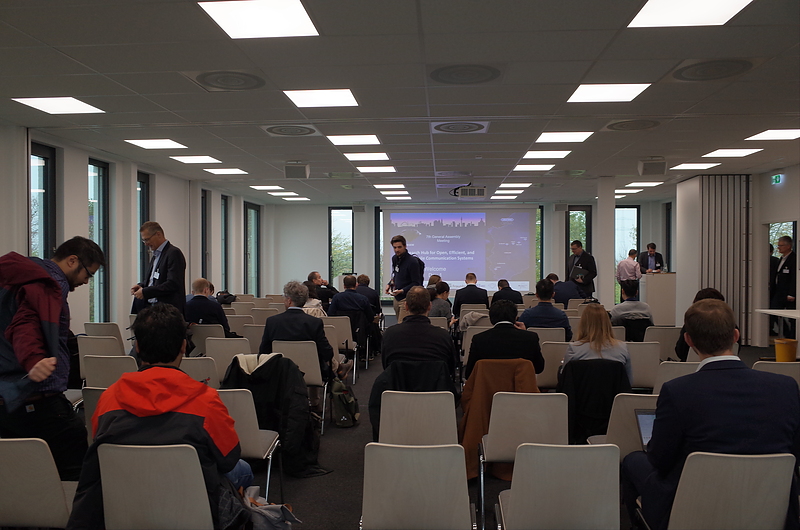
The poster and demonstration exhibitions were held in a tent right next to the lecture venue.
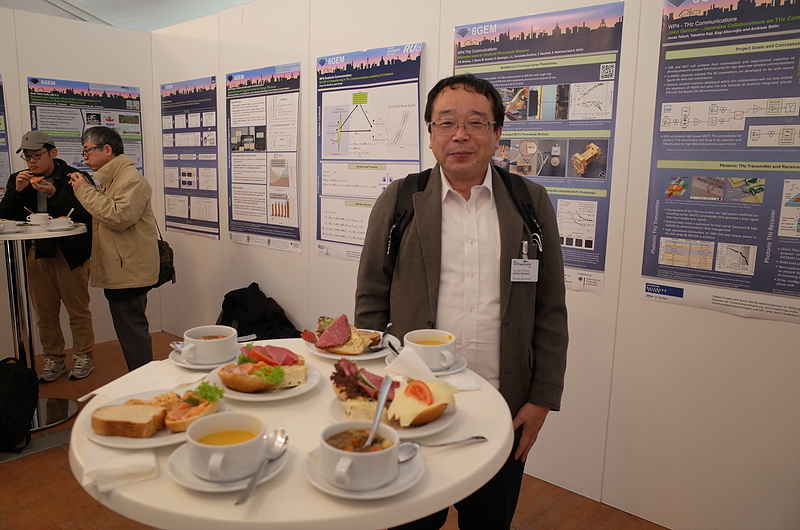
The demo exhibits included a MIMO radar using a waveguide antenna created with a 3D printer, and a physical RIS using not only metamaterials but also stepping motors, which were all very interesting and fun.
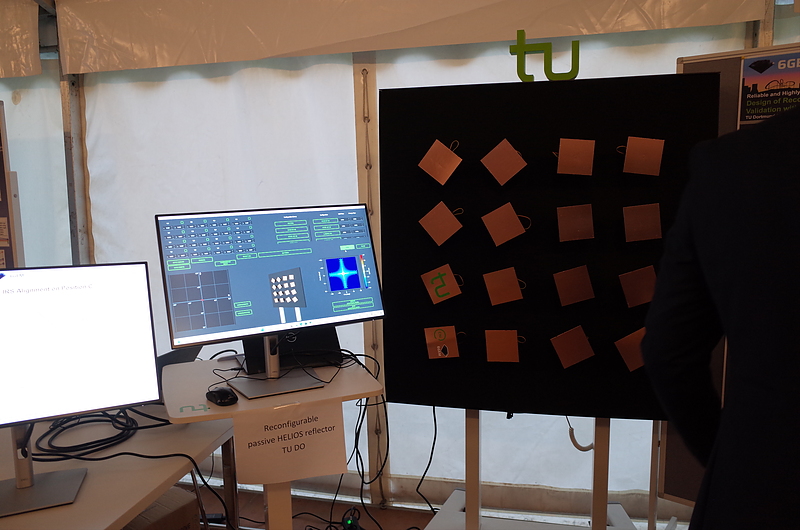
During the Fraunhofer FHR tour, we had the opportunity to see many research facilities, including a 10.5 GHz MIMO radar for airport security inspections, an MMIC prototype device, a waveguide prototype device using a 3D printer, a printed circuit board creation device, and an X-ray inspection device.
Since there are few accommodations in Wachtberg, I stayed in Bonn. Bonn is famous as the city where Beethoven was born and raised. The University of Bonn is also the university where Beethoven, Marx, Heine, and Nietzsche studied. I would like to take a leisurely stroll around Bonn someday.
GNSS signal observation
As this was a rare opportunity to travel to Europe, I brought along the open source GNSS software radio Pocket SDR FE4CH (4-channel front-end version) hardware, the GNSS antenna BT-200, and an antenna base. There were many things I wanted to do, but I focused on recording signals that cannot be observed in Japan, such as:
- Observation of the carrier phase bias message of Galileo HAS (High Accuracy Service)
- Observation of the Time Service Message (TSM) of Galileo I/NAV (Integrity Navigation)
- Observation of the MSI (Maritime Safety Information) message broadcast by EGNOS (European Geostationary Navigation Overlay Service). It is intended a positioning augmentation service for ship users of EGNOS and is named ESMAS (EGNOS Safety of Life Assisted Service for Maritime Usersrs)
I made a shell script in advance to efficiently record data.
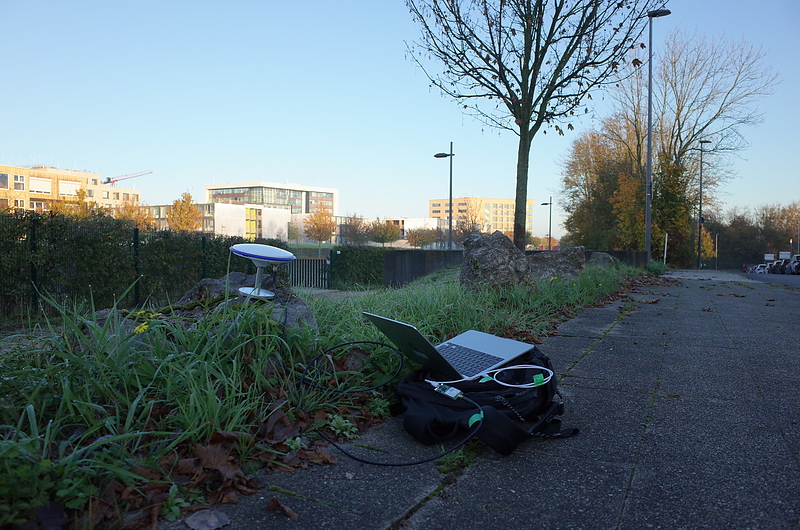
I should have realized the possibility of failure when I ran pocket_trk_ALL_test.sh in the test directory of Pocket SDR and could not even observe the GPS L1 C/A signal. I only had a USB2 USB-C connection cable, although a USB3 one was required. Due to insufficient data transfer speed from Pocket SDR to the PC, I was unable to record data at sampling frequencies of 24 MHz and 48 MHz, and lost I/NAV observation data. Also, I was able to observe the E6B signal, which broadcasts Galileo HAS, but for some reason the HAS message was not included in it. I am currently checking the MSI message.
I plan to release the raw Pocket SDR data recorded in Aachen and Bonn, including the analysis method, in the near future.
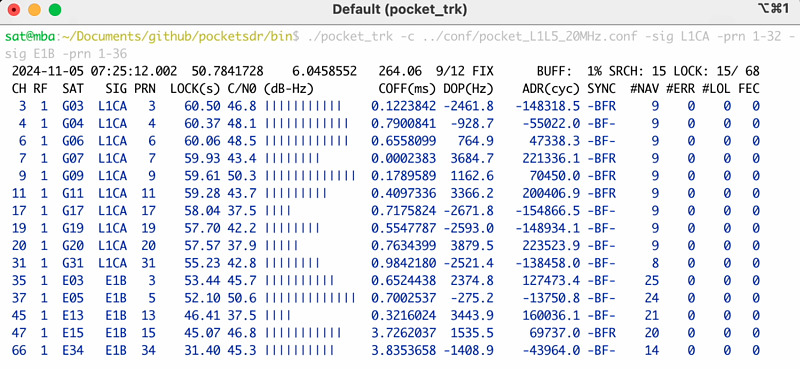
(When checking with a sampling frequency of 20 MHz, a USB2 cable could also be used, but the actual signal recording was done at 24 MHz ;_;)
Conclusion
By participating in SmartCom 2024 and 6GEM, I was able to interact with many researchers and learn about new research results. I also had the opportunity to visit research facilities at European research institutes, and it was a very enjoyable trip. However, due to lack of preparation, I failed to observe the GNSS signal. If I have the chance next time, I would like to prepare thoroughly and record more data.